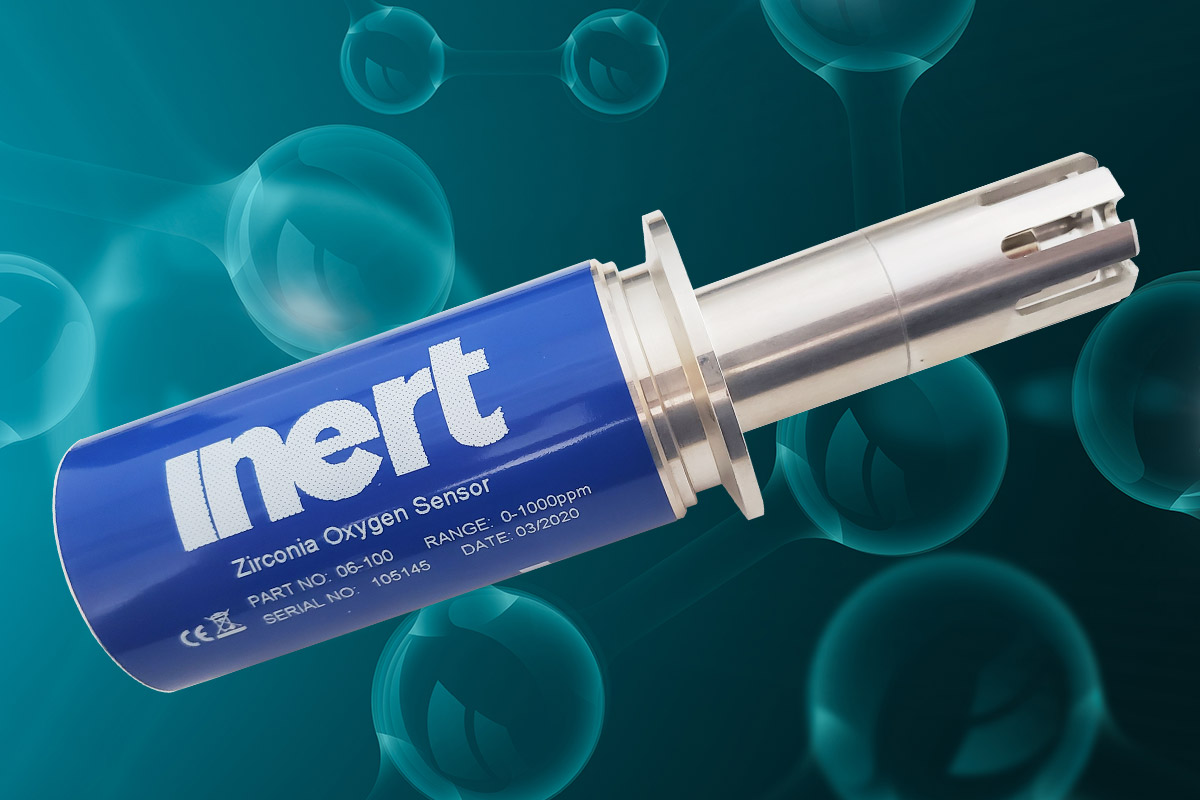We hear it all the time…
“Our O2 levels are sufficient and even improve during the print, so why would we need a gas purifier?”
Why is This?
When considering 3D printing, you must ask yourself, where is the contamination coming from and where is it going? Some O2 and H2O will remain in the chamber even after an inert purge, and some will be trapped within the powders themselves. Understanding that metals oxidize at increased temperature and that interstitial sites pickup O2 during melting are important to this observation. When the heating and melting of these metal powders happen, they will start to absorb any O2 left in the build chamber, which explains the dropping O2 levels during a print. If you are reading a steady state O2 value, this means a reaction is going on and the equilibrium state has been achieved.
Consider the Following:
O2 reactions are exothermic that aid in the wetting of the weld pool. Interaction between O2 and the weld pool meniscus changes the surface tension, so you might be under the impression that higher O2 levels are better. H2O on the other hand decomposes into O2 and H2 in the vapor region of the weld pool. This O2 is released but is recirculated back into the process to cause a interaction with the weld pool and surrounding powders. Where are you able to sense in terms of O2 and H2O? Is the reading you are getting from your sensors a discrete measurement from the melt pool? Or a homogenized measurement of the entire build chamber volume? Will the sensor located in homogenized flow sense a discrete change in contamination at the weld pool in the powder bed? We would assume that what happens in the boundary layer over the bed is of the most importance to the process, and that sensor readings in a homogeneous flow may not be painting the whole picture.
What We Know:
When someone says their O2 drops especially once printing commenced, we know that the powder and part is acting as a molecular “getter” and thus removing O2 from the gas and stabilizing it in the powder or part. Moisture is inherently difficult to purge out due to it being a polar molecule, the inter-molecular charge makes the water stick to everything it encounters. This will eventually cause the powders to become unusable for a print, meaning they must be sent out to be recycled or scraped. The absorption in the part can also mean that the final print does not meet the physical standards for density, purity, etc. that is required.
Our Claim:
By introducing our gas purifiers, you are saving your powders and part from reacting with O2 and H2O, while also resulting in reduced H2. Tests on commercial LPBF systems show tenfold reduction in O2 and due to moisture being actively removed in the case of aluminum alloys; H2 is reduced by roughly 50PPM. By reducing O2 and H20 to an order of magnitude less than the maximum permissible levels defined by the process, we can counteract discrete events that occur and improve upon the physical properties of the final part, as well as the sustainability of the powders.
Our Goal:
As more additive manufacturers are relying upon metal powders to build next-generation tooling and equipment, it is important to understand that these powders deserve extra care and attention — before, during, and after 3D printing is completed. Our focus is to help additive manufacturers reduce waste, create stronger products, and increase useful powder life for a better ROI for your LPBF printer.




